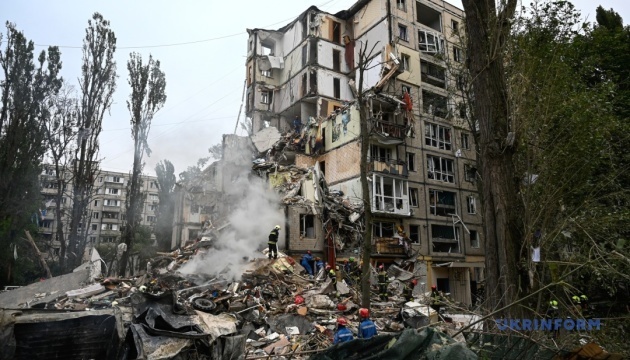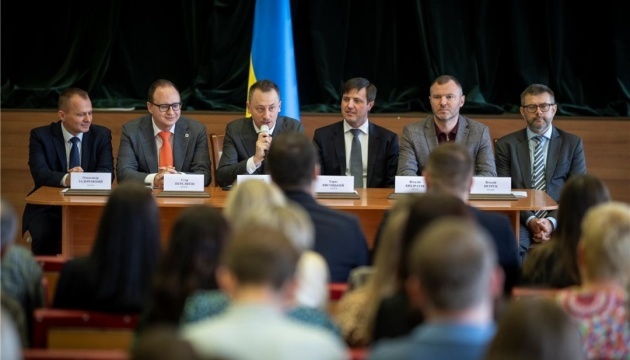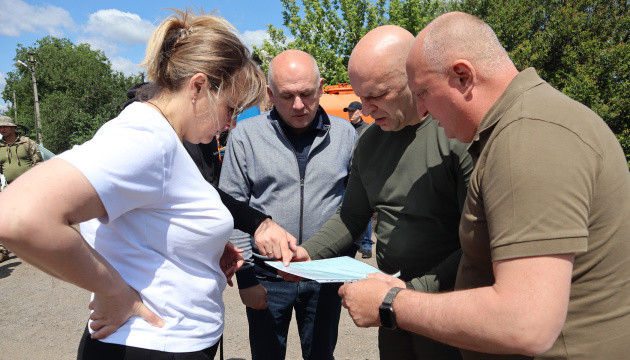Air defense neutralizes 44 out of 72 Russian drones



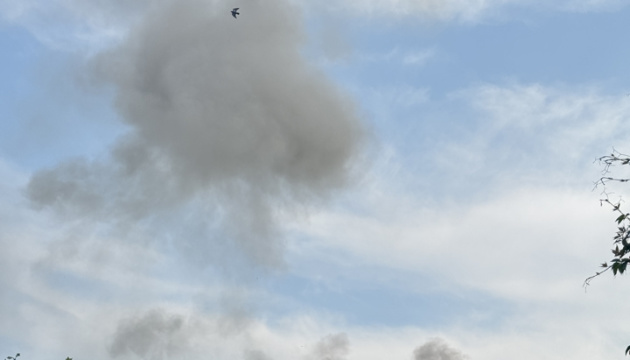
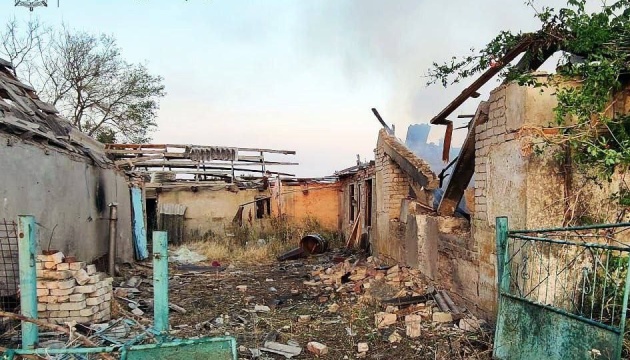

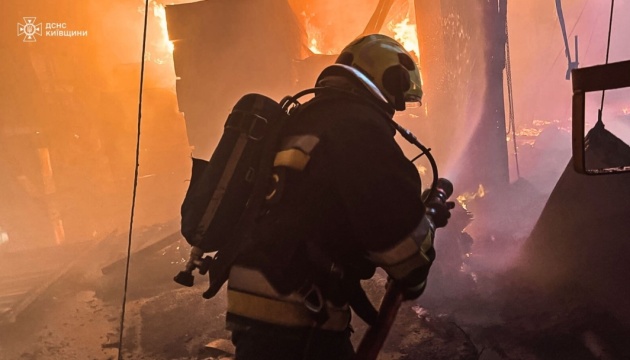
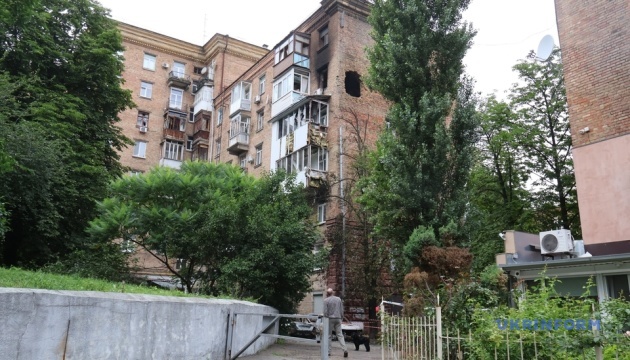

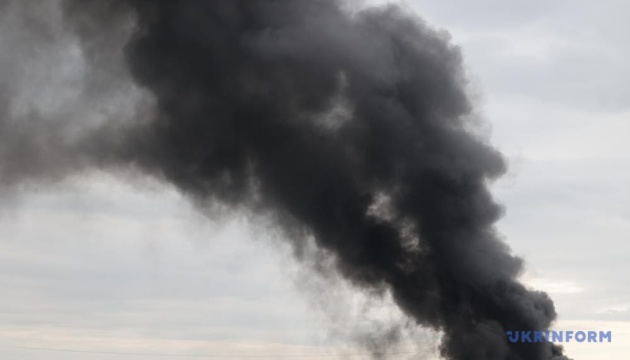

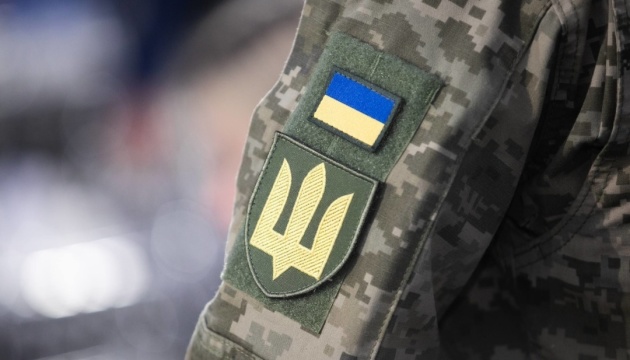
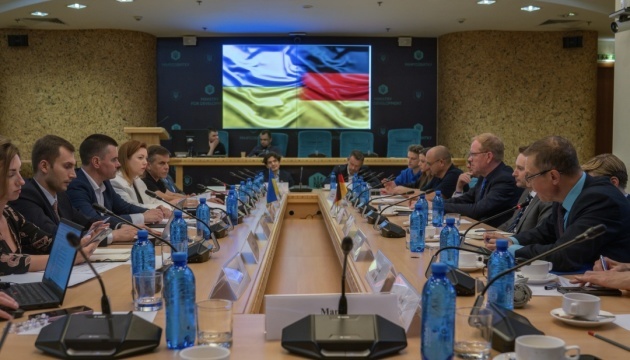


In June 2025, when corruption investigators reached President Volodymyr Zelensky’s inner circle, his team responded with a systematic operation to eliminate Ukraine’s anti-corruption infrastructure.
They deployed parliamentary manipulation, information warfare through Telegram channels, and legal machinations—the full authoritarian toolkit perfected across the post-Soviet space—all to subordinate two key anti-corruption institutions to the presidentially-appointed prosecutor general through a hastily-passed law on 22 July.
The operation was sophisticated, coordinated, and executed with surgical precision. What Zelenskyy’s team didn’t anticipate was that Ukrainian society had evolved beyond their understanding.
Three years of war and eleven years since Euromaidan had created something unprecedented: a democracy that could resist capture even during existential conflict: after 10 days of street protests, Zelenskyy rolled back the law on 31 July.
Detailed investigations by Ukrainska Pravda and Texty.org.ua reveal how the operation unfolded—and how Ukrainian civil society and European partners forced a complete retreat that exposed post-Soviet patronage reflexes colliding with European democratic standards.
By June 2025, corruption investigators had crossed a line that post-Soviet leaders consider sacred: they reached Zelenskyy’s actual inner circle.

The National Anti-Corruption Bureau (NABU) charged Deputy Prime Minister Oleksiy Chernyshov with organizing a land scheme that cost the state over $24 million.
Chernyshov wasn’t just another minister.
During Ukraine’s strict COVID lockdown in 2021, when gatherings were banned, Zelenskyy invited only a handful of intimates to celebrate his birthday. Chernyshov was the sole government official present.
Investigators were also preparing charges against Tymur Mindich, Zelenskyy’s business partner from Kvartal 95, the comedy studio where the current Ukrainian president gained his popularity—and a ticket to power. When pressure intensified, MP Yaroslav Zhelezniak reported that Mindich fled Ukraine and “will likely not return in the near future.”
As anti-corruption expert Olena Shcherban told the Kyiv Independent: “NABU and SAPO [Special Anti-Corrupution Prosecutor’s Office] have actually reached the immediate circle of the president’s ‘family.'” She predicted the Presidential Office would attack the institutions rather than abandon the minister.
She was right. When your survival network gets threatened, you protect the network.
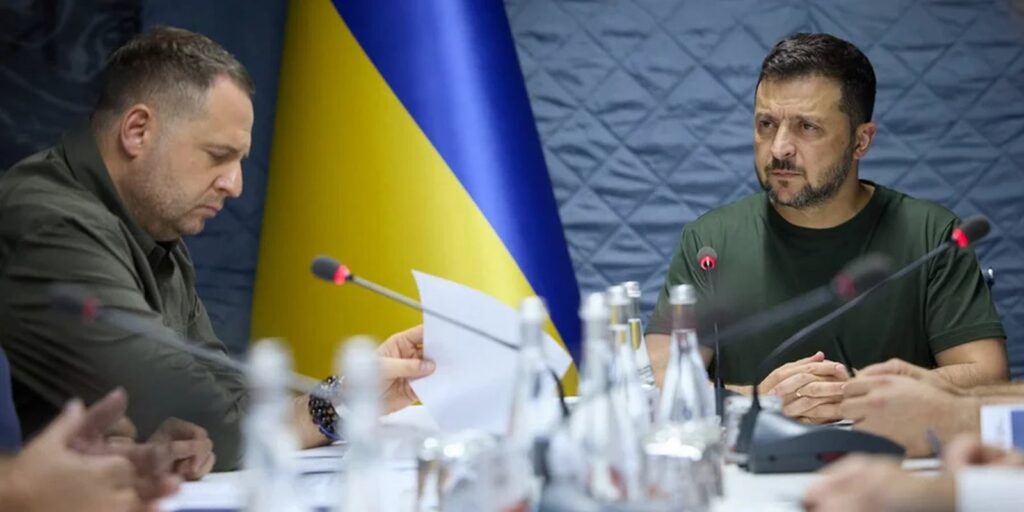
Ukrainska Pravda’s investigation shows who planned the operation. The key figures were:
Here’s what made the operation cynical: Kravchenko’s appointment coincided precisely with Deputy Prime Minister Oleksiy Chernyshov fleeing abroad to avoid corruption charges. The investigation reports that Kravchenko’s final meeting with presidential leadership occurred when Chernyshov “was already abroad and not going to return.”
The first project discussed: “destruction of the independence of the anti-corruption system.”
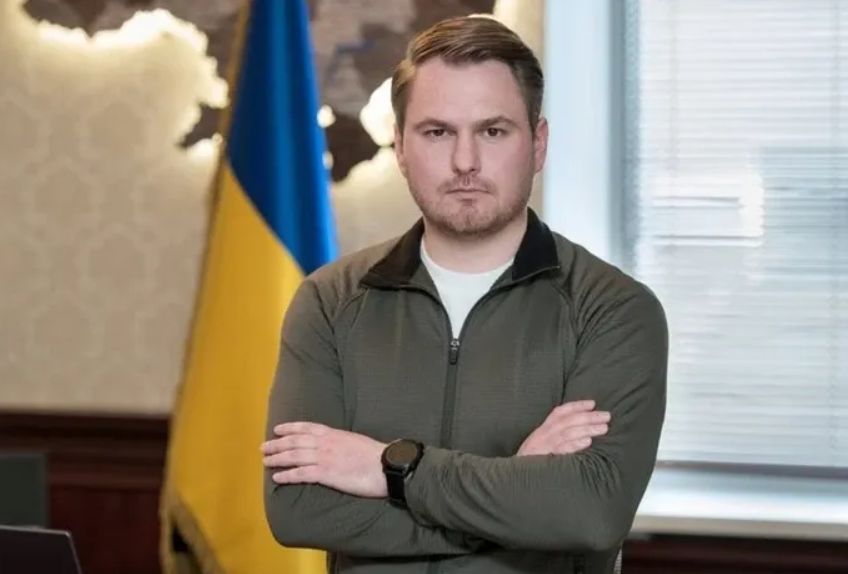
One law enforcement source told Ukrainska Pravda the instruction was clear: “do everything possible to destroy the influence of NABU and SAPO.” But the plan required parliamentary votes—and that’s where the real manipulation began.
The operation deployed multiple tools that aspiring authoritarians use to capture institutions:
Texty found that anonymous channels posted claims that “anti-corruption organizations demand dissolving NABU” without identifying which organizations. They spread identical messages about NABU “eating money” and being “infiltrated by Russia”—ironically, the same accusations Yanukovych’s people once made against their opponents.
The channels amplified fake experts with revealing histories: Oleg Posternak and Mykhaylo Shnayder, both previously involved in promoting pro-Russian politician Viktor Medvedchuk. As Texty documented, these supposed independent voices had “14 and 8 messages respectively” pushing anti-NABU narratives.
Most insidiously, the channels manufactured grassroots sentiment. Posts claimed “the public initiates verification of grant recipients” and “civil society calls for investigations”—but never identified this mysterious “public” or “civil society.” They created the illusion of organic opposition while coordinating every message with surgical timing to coincide with legal moves against NABU leadership.
This represents information warfare adapted for the digital age: not crude propaganda, but sophisticated astroturfing using Ukraine’s most popular communication platforms.
This wasn’t just about protecting two friends. After Zelenskyy’s 2019 victory, over 30 former Kvartal 95 employees moved into government positions—what Ukrainian analysts call a “comedy studio government.”
Take Chernyshov himself. In December 2024, Ukraine created the Ministry of National Unity specifically to give him a prominent role.
The new ministry’s purpose remained deliberately vague—supposedly engaging with Ukrainian diaspora abroad, but critics noted this duplicated existing Foreign Ministry functions. Even some ruling party deputies refused to endorse Chernyshov’s nomination due to “lack of clarity regarding the ministry’s purpose.”
Seven months later, after Chernyshov’s corruption charges, the ministry was quietly merged with the Ministry of Social Policy—effectively eliminating it. A ministry created for one man, disbanded when that man became a liability.
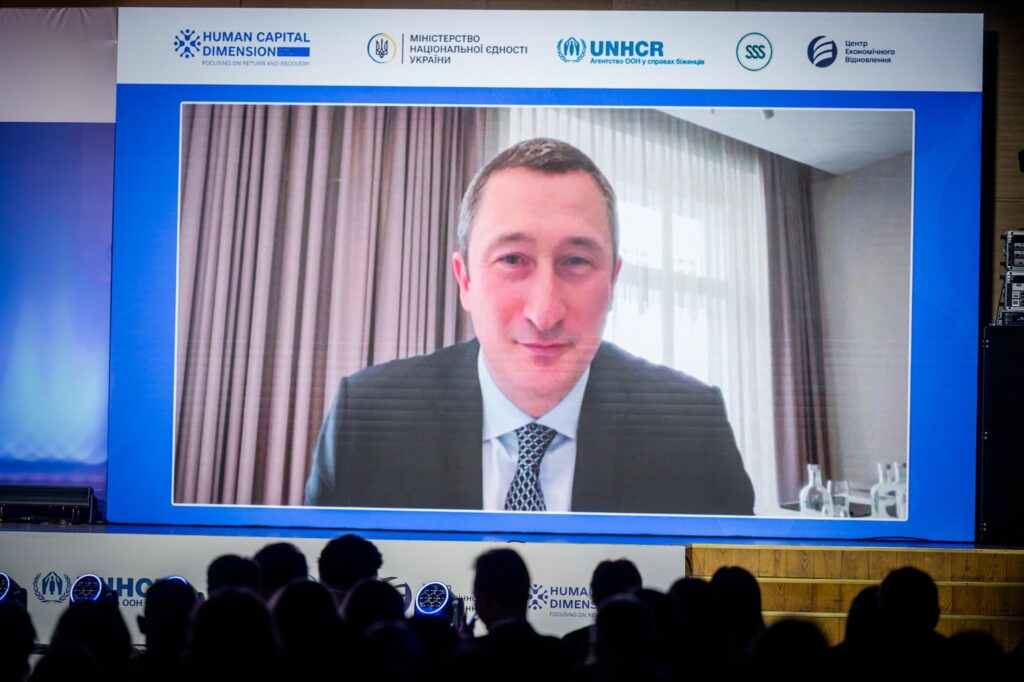
But Chernyshov wasn’t appointed for competence—he was appointed for loyalty. He belonged to Zelensky’s intimate circle, invited to birthday celebrations during wartime restrictions. When you staff government based on personal relationships rather than merit, you create a state that can’t tolerate oversight.
The NABU investigations threatened this entire system by targeting the structural foundation of Zelensky’s rule: personal loyalty above institutional accountability.
What makes the July operation particularly cynical is the timing. European Pravda reveals that Brussels had secretly scheduled 18 July to open Ukraine’s first EU negotiating cluster, bypassing Hungarian obstruction entirely. Zelenskyy knew about these plans—he’d been personally involved in discussions with Danish officials since late June.
But instead of supporting this diplomatic breakthrough, Ukraine systematically undermined its reform credentials. The EU response was swift: Brussels froze $5.5 billion in aid programs, including loans backed by frozen Russian assets. As one European official noted: “Ukraine has done the dirty work instead of Viktor Orbán.”

What happened next follows patterns that Cambridge academic Alena Ledeneva spent decades documenting in post-Soviet informal networks.
During the Soviet era, personal networks weren’t just convenient—they were survival tools. Ledeneva’s research on blat (the Soviet system of personal favors) shows how people learned to rely on informal connections because formal institutions were instruments of arbitrary repression.
When the law serves power rather than justice, personal loyalty becomes rational defense.
But the cruel irony is that this survival strategy becomes democratic poison when institutions actually start working. What protected people under totalitarianism destroys accountability under democracy.
Zelensky’s response perfectly illustrates this post-Soviet reflex. Instead of accepting that even his inner circle must follow the law, his team moved to eliminate the institutions enforcing accountability.
Classic survival-society thinking: when the system threatens your people, you change the system.
The mentality that personal loyalty creates immunity from prosecution—that being part of the president’s “family” places you above the law—represents exactly the thinking that helped people survive Soviet totalitarianism.
But democratic consolidation requires the opposite psychological shift: trusting that law protects everyone, not just those connected to power.
Ukraine had seen this before. Viktor Yanukovych, the fugitive pro-Russian authoritarian president used identical methods during his presidency.

His prosecutor general Viktor Pshonka called himself “a member of President Viktor Yanukovych’s team” and led the crackdown on protesters against the torpedoing of EU integration in 2013-2014, abusing state power to keep Yanukovych in power. His office pursued the politically motivated prosecution of Yulia Tymoshenko, charging her with abuse of power for a 2009 gas contract.
Both men fled to Russia during the 2014 Euromaidan Revolution.
Ukrainian democracy had evolved since Yanukovych’s time in ways that proved deeper than anyone expected. Mass demonstrations erupted within hours—the largest protests since Russia’s invasion. Instead of riot police (“cosmonauts” in Ukrainian slang), authorities deployed “police of dialogue.” The contrast with Yanukovych’s Berkut units couldn’t have been starker.

Perhaps most telling was the demographic: teenagers and young adults leading chants and organizing through social media.
A generation that grew up after Euromaidan was showing that Ukraine’s democratic transformation had become irreversible—even wartime power centralization couldn’t roll back eleven years of civic evolution.
Ukraine’s response followed patterns that political scientists Ronald Inglehart and Christian Welzel documented in their World Values Survey research: successful democratic transitions correspond with societies shifting from “survival values” (emphasizing economic security and low tolerance) to “self-expression values” (prioritizing individual freedom, tolerance, and political participation).
When Zelensky’s team tried to preserve Soviet-style “family immunity,” Ukrainians chose institutional accountability over patronage protection.
European pressure reinforced Ukrainian resistance. On 31 July, parliament voted 331-0 to restore anti-corruption agency independence.
This was Ukraine’s first major test of whether it had outgrown the post-Soviet patronage trap. Zelensky’s team tried to replicate the loyalty-first system that had dominated Ukrainian politics for decades. When independent institutions threatened their inner circle, they deployed the full authoritarian toolkit.
However, Ukrainian civil society matured during three decades of independence and intensified during three years of war. When citizens recognized the Yanukovych pattern, they defended democratic accountability.
The victory comes with warnings. The machinery for institutional capture remains in place. Just weeks after the crisis, Zelenskyy appointed Yuliia Svyrydenko as Prime Minister—widely viewed as closely aligned with Yermak. As former President Petro Poroshenko noted: “Replacing Shmyhal, who was ‘Yermak in a shirt,’ with Svyrydenko, who will be ‘Yermak in a skirt,’ changes nothing.”
Svyrydenko’s response to the anti-corruption crisis was telling. While thousands protested in the streets, her only public comment was an interview with a Western publication where she claimed “the problem of corruption in Ukraine is greatly overstated.”
More substantially, her government has refused to appoint Oleksandr Tsyvinsky as head of the Bureau of Economic Security, despite his selection by an independent commission and backing from the IMF. The refusal continues the same pattern of blocking oversight appointments that triggered the July crisis.
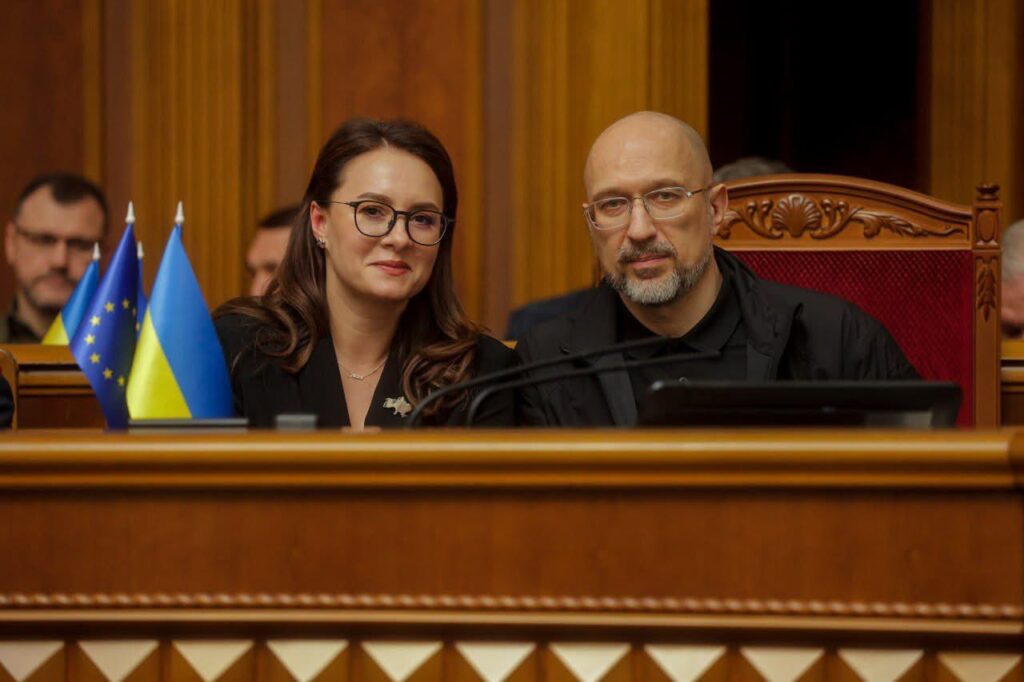
Most concerning, the team that orchestrated this operation—Yermak, Kravchenko, and their networks—remain in position. They’ve learned from this failure and may attempt more subtle approaches next time.
A bitter irony is involved. Zelenskyy built his political career playing a fictional president fighting corrupt officials in his TV show “Servant of the People.” Six years into real power, when investigators reached his actual inner circle—not fictional corrupt officials but his birthday party guests and business partners—he chose loyalty over law. This is precisely why independent oversight exists: power corrupts even those who start as anti-corruption outsiders.
The comedy studio presidency may still view independent oversight as existential threat. But Ukrainian civil society has shown it’s stronger than the survival networks trying to capture it. That’s the foundation democracies are built on.
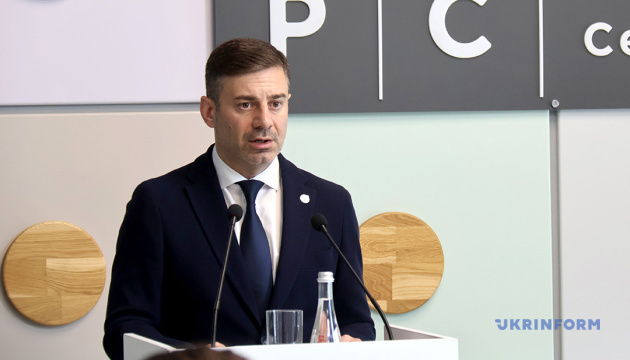
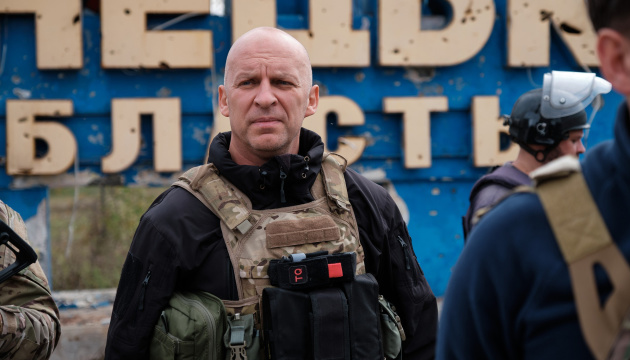
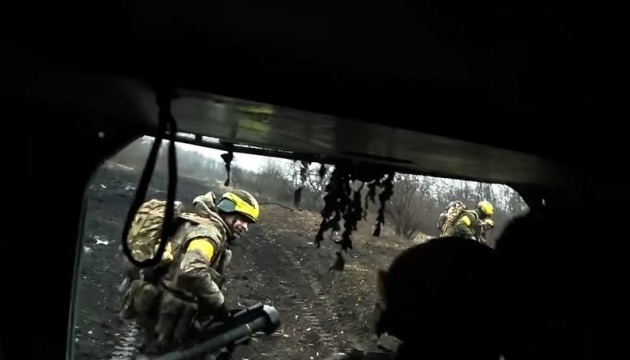
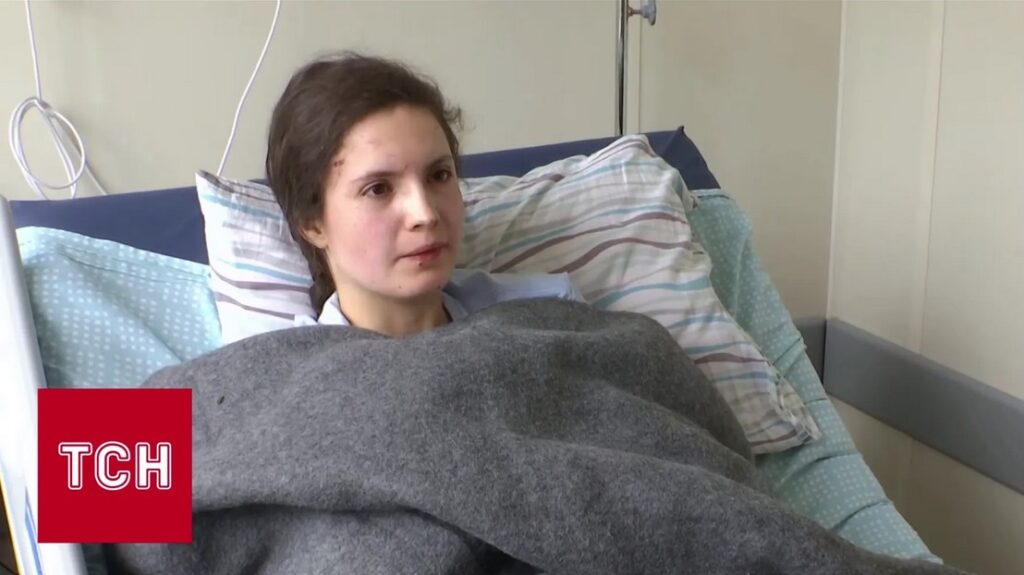
Kyiv woke up to horror on 31 July after a night of massive Russian drone and missile strikes. In one of the war’s most dramatic and heartbreaking stories, 23‑year‑old Veronika miraculously survived being blown out of her ninth‑floor apartment when a Russian Iskander missile struck a residential building in the Sviatoshyn district. Sixteen people have been confirmed dead so far, and rescue operations continue.
After more than three years of war, as peace talks remain stalled, Russia is intensifying attacks on civilians. Ukrainian cities are increasingly vulnerable despite extensive air defense efforts – a reality Kyiv experienced again during this latest overnight assault.
As rescue teams combed through the rubble, the story of Veronika stunned even experienced emergency workers.
“I heard an explosion, and a second later I was on the ground,” she told Ukrainian TV channel 1+1.
The blast was so strong it hurled her – still in bed – straight out of her ninth-floor window. She landed outside the building with a broken leg, a concussion, and severe shock. Doctors described her survival as “nothing short of a miracle.”
Hospital director Serhiy Dubrov told Reuters:
“It’s extraordinary. Falling from the ninth floor and sustaining only relatively minor injuries… But she is in deep psychological distress and does not yet know the fate of her parents.”
Her parents were later confirmed dead, their bodies recovered from the debris.
While Veronika’s survival is extraordinary, the wider destruction across Kyiv is overwhelming.
The missile that destroyed her building was part of a massive overnight Russian attack. One Iskander missile evaded air defenses and hit the high‑rise in Sviatoshyn, collapsing an entire section.
Mayor Vitali Klitschko said it was “the highest number of injured children in one night in Kyiv since the start of the full‑scale war.”
Reuters and ABC News published the moment of Russian strikes on Kyiv overnight on 31 July
— Euromaidan Press (@EuromaidanPress) July 31, 2025
As a result of the attack, 16 people were killed and 155 were injured, including 16 kids. Rescue operations in Kyiv are still ongoingABC pic.twitter.com/4KGmJpujvd
1 August has been declared a day of mourning in Kyiv. Flags will be lowered, and memorial events will be held.
But as many Ukrainians quietly admit, in a country under everyday bombing, every day is a day of mourning.
Rescuers worked through the morning, often tunneling through concrete to reach survivors. A man trapped between floors was freed after three hours, and several others were pulled out alive.
A five-month-old baby was also wounded. “The Russians hit her directly,” said Tymur Tkachenko of the Kyiv City Military Administration.
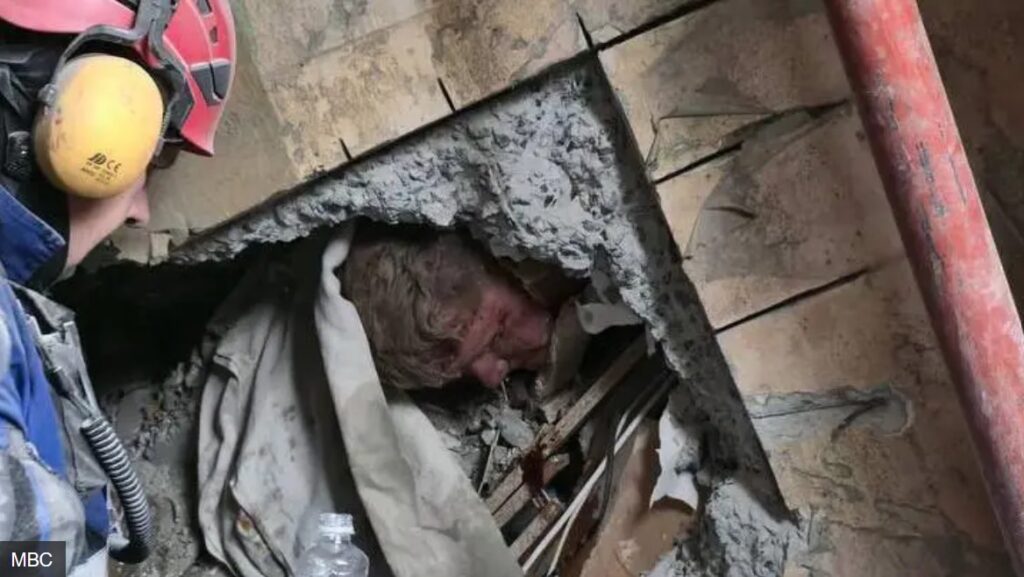
Among the dead are:
The strike damaged more than 100 sites across Kyiv, including schools, kindergartens, hospitals, and a mosque. Other districts reported burning cars, shattered windows, and collapsed buildings.
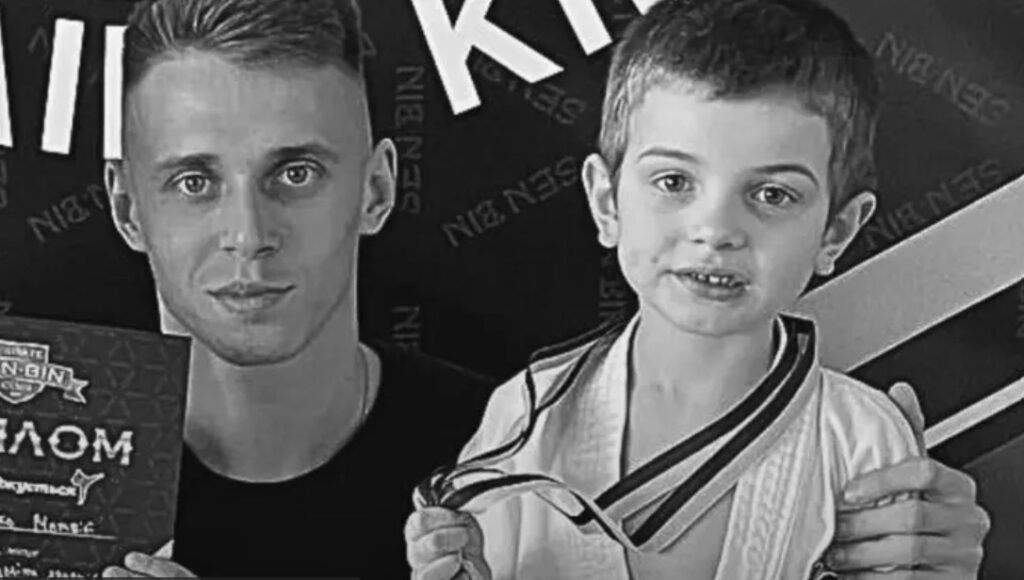
According to Ukraine’s Air Force:
President Volodymyr Zelenskyy wrote:
“Missile strike. Direct hit on a residential building. People are under the rubble.”
As rescue teams continue to clear debris, Veronika’s miraculous survival has become a symbol of resilience amid devastation.
From the ninth floor to the ground – she lived. But Kyiv, once again, pays a terrible price.
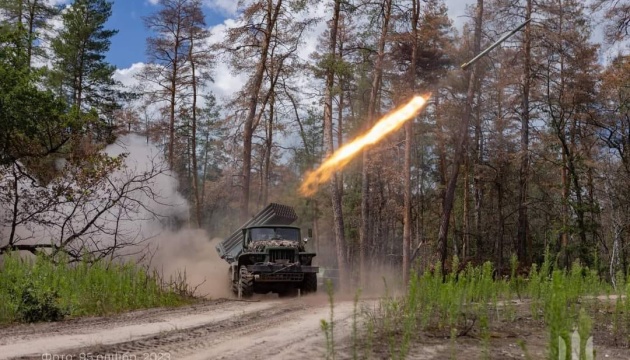
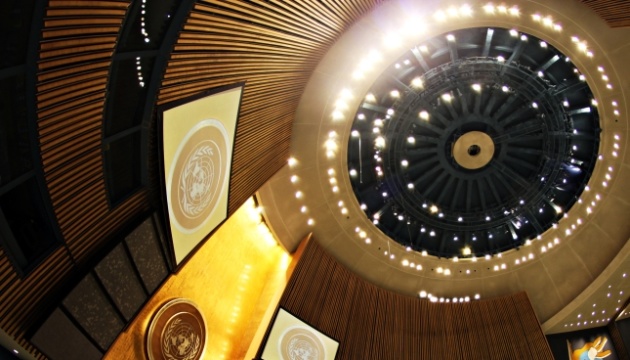
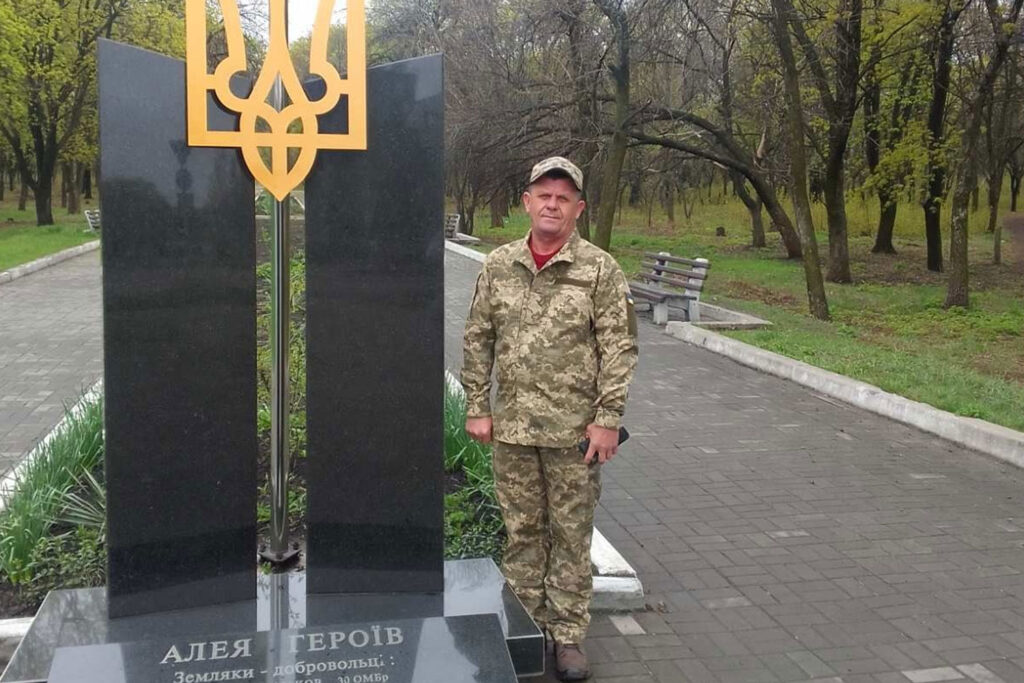
A Ukrainian grenadier survived alone for days behind Russian positions and returned alive with a captured Russian soldier. The 54-year-old fighter — a construction worker from Vinnytsia Oblast —endured injuries, fear, and isolation before making it back.
Texty reports that the Ukrainian grenadier, a sergeant named Pavlo with the call sign Did (“Grandpa”), described how a mission went wrong when his squad came under heavy attack. Five soldiers from the 107th battalion were moving toward their positions on 5 November 2024 when a series of enemy munitions hit close to the trenches. He jumped out of the vehicle and was knocked unconscious by a blast. When he woke up, he realized a fragment had entered near his jaw, his arm was torn and bleeding, but his legs were intact. He wrapped his wounds with a first aid kit and checked his surroundings.
The forest was silent. The rest of the squad and the vehicle were gone. He found the wreck of their transport later, around 200 meters away, smashed by strikes. He later learned that evacuation vehicles had taken away the wounded and the dead. A fallen soldier was mistaken for him in the confusion. Alone, with no radio, he hid in a dugout as Russian artillery and drones worked the area.
Did decided not to move during the night because the darkness was absolute. The next day, Russian shelling started again. He waited, knowing that only daylight offered any chance of finding a way out. During this time, he drank water he found on the position and discovered a pack of cigarettes, which kept him calm.
While hiding in the dugout, he suddenly heard someone calling in Russian: “Is anyone here?” At first, he thought it could be one of his own, but the accent gave the man away. He answered, “Yes, yes! Come in!” with his weapon ready.
A tall Russian soldier, close to two meters, came in shouting that he wanted to surrender. The grenadier, much shorter, let him in and sat him in a corner, suspecting a trap and glancing outside in case more Russians appeared.
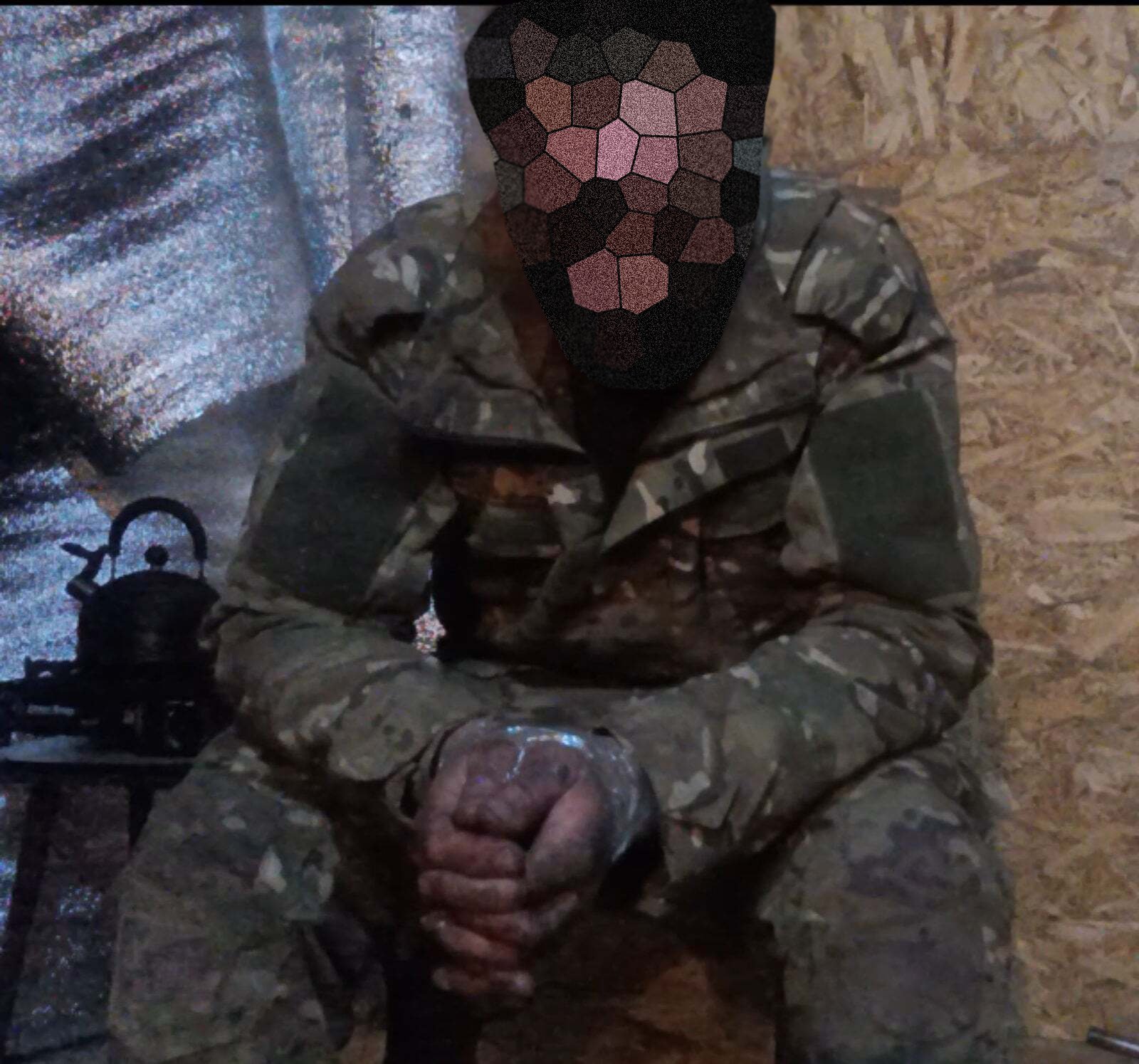
The man explained he was a recruited convict, wounded and concussed, and that their positions had been left without food or water. Weak and desperate, he decided to give himself up.
By evening it was almost dark, and he knew it was time to try to return. Moving was difficult because the captured Russian walked slowly and was hard of hearing after the blast. The sergeant worried that the constant loud talking would give them away. At one point, he even thought about shooting him to avoid being exposed, but he could not do it. They walked about three kilometers through the forest. Luck was on their side that night, as shelling slowed and Russian troops seemed distracted.
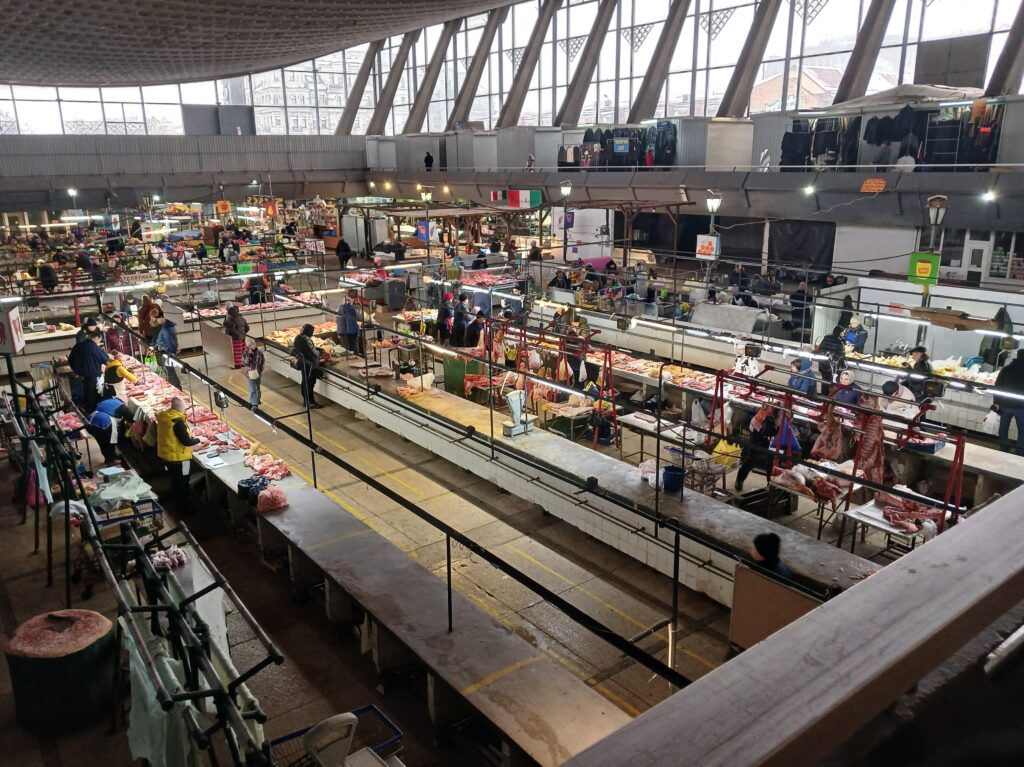
On 30 July, Kyiv’s Zhytnii Market in the historic Podil neighborhood was officially added to the “List of newly identified cultural heritage objects of Kyiv city.”
The order granting heritage status was signed by Marina Soloviova, director of the Department of Cultural Heritage Protection of the Kyiv City State Administration, according to the KMDA website.
The decision reportedly came through collaborative efforts involving activists, capital preservationists, the professional heritage protection team of the Cultural Heritage Protection Department, and the Advisory Council on Cultural Heritage Protection issues.
“The decision was made possible thanks to the work of activists, capital monument protectors, the professional monument protection team of the Department of Cultural Heritage Protection and the Advisory Council on Cultural Heritage Protection,” director of the Department of Cultural Heritage Protection of the KMDA, Marina Soloviova, said.
With this designation, Zhytnii Market now falls under the provisions of Ukraine’s Law “On Protection of Cultural Heritage” and protective measures defined by legislation.
Zhytnii, which translates as “rye,” spans 11,000 square meters across one of Europe’s largest covered markets. The Soviet-era modernist structure, built in 1980, features an engineering design with a curved glass roof suspended by cables from support columns rather than resting on walls.
The market sits on a site used for trade since medieval times. During construction, archaeological treasures from the time of Kyiv’s founding were discovered. However, the municipally-owned building hasn’t undergone proper renovation since construction, leaving the uniquely designed structure with a deteriorated appearance.
In 2025, Zhytnii Market celebrated its 45th anniversary amid recurring proposals for demolition or reconstruction. In January, Kyiv City Council registered a draft decision proposing the market’s sale.
Hennadii Kryvoshei, head of the Public Council under KMDA, said market management has driven it to unprofitability over the past 15 years. Now, during martial law, authorities plan to sell it at a reduced price, though the historic object could generate city profits after capital repairs.
Two parties have been fighting for the market’s fate over the past year: the restaurateur and social activist known for his efforts to promote and revive authentic traditional Ukrainian cuisine, Yevhen Klopotenko and investment company Inzhur.
According to Khmarochos publication, Klopotenko proposes granting architectural heritage status to protect the market from demolition, then creating a public organization involving experts and public figures with necessary experience and desire to restore Zhytnii. He suggested conducting repairs in stages without closing the building long-term, continuing to use premises for their intended purpose while renovation work proceeds.
Inzhur has invested over 100,000 euros ($114, 124) of its own funds, engaging international consulting company Colliers to formulate a revitalization concept and business model. Under Inzhur’s project, the building’s exterior appearance would be preserved while using modern, energy-efficient materials for renovation.
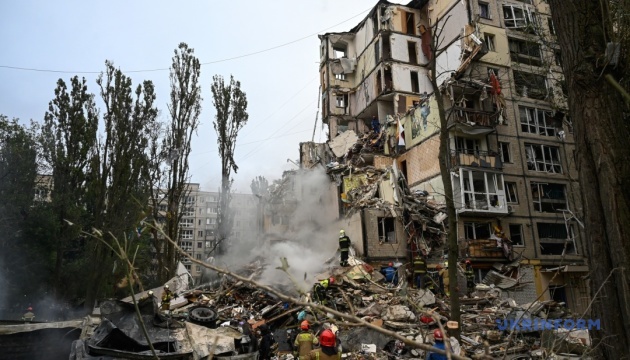
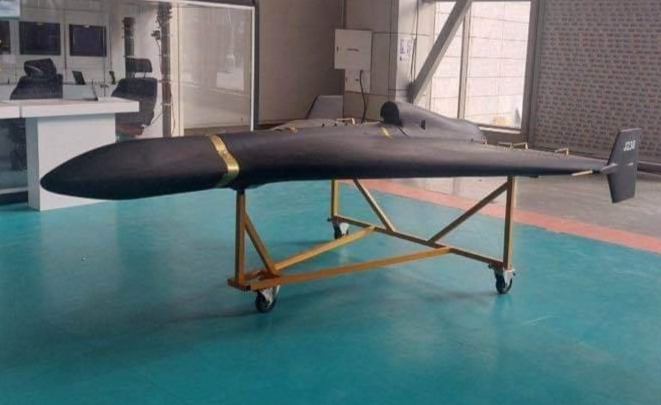
Russia has started using jet-propelled Shaheds in its war on Ukraine, Militarnyi says. Russia used at least eight of these Geran-3 drones during the 30 July attack in that strike from the north.
Militarnyi reports that Russian forces used jet-propelled Shaheds for the first time in large numbers on 30 July. These Geran-3 drones flew together with regular Shaheds and decoy drones in a combined night strike. The Ukrainian Air Force reported that Russian forces launched the air assault from the north and east. Airspace monitoring channels confirm missiles, Shaheds, decoys, and jet-propelled drones in that wave.
Ukrainian air defenses fought back with aviation, missile troops, electronic warfare and mobile fire teams. They downed 51 drones out of 78 launched that night. Twenty-seven drones hit seven locations. Debris from destroyed drones fell in two other locations.
The Air Force did not report whether any of Geran-3s were shot down.
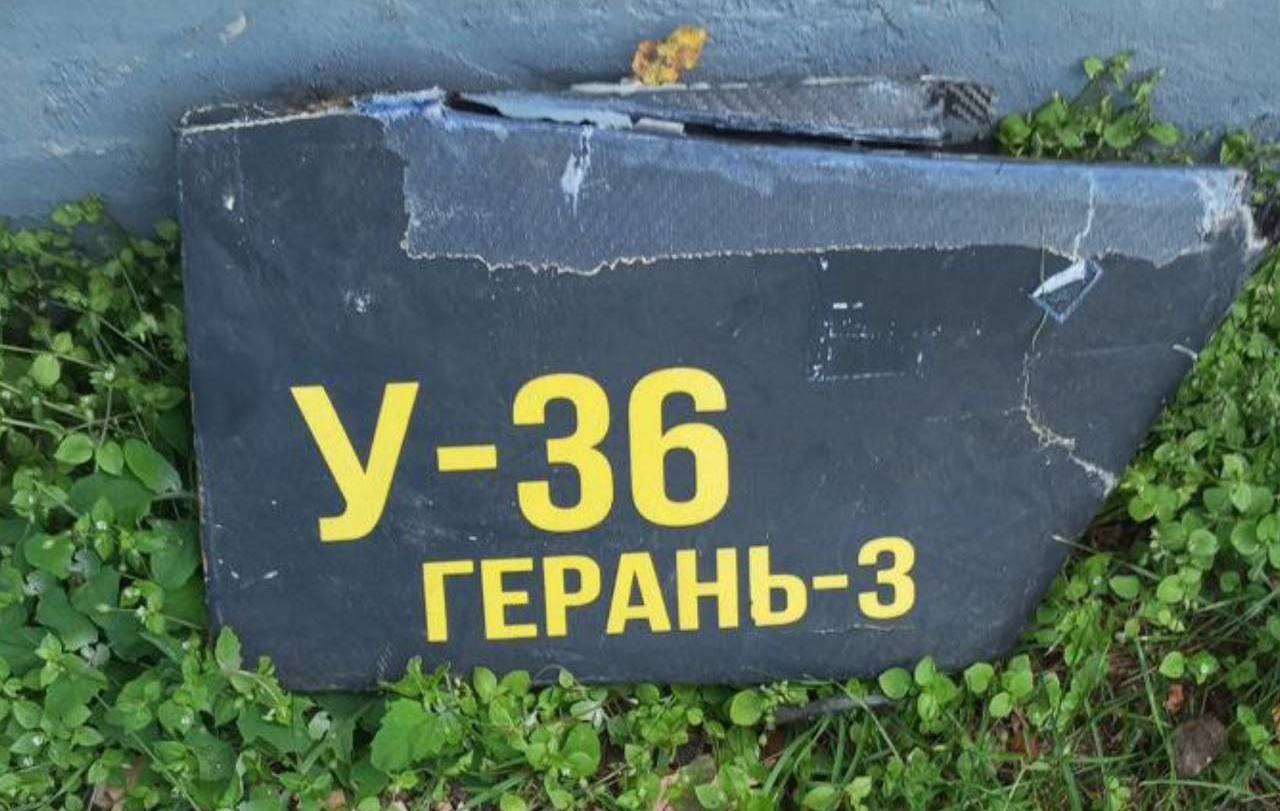
Russian sources cited by Militarnyi describe the Geran-3. It is 3.5 meters long and has a 3 meter wingspan. It climbs to 9.1 kilometers and can fly for two hours. It has a takeoff weight of 380 kilograms, much more than the 250 kilograms of the Shahed-136, designated by Russia as Geran-2.
Militarnyi notes that Russian forces may have used Geran-3 drones before in strikes on Kyiv. Their use now grows more frequent and organized. These jet-propelled Shaheds are faster and heavier than older models. They add more danger to Russian mixed strikes that combine regilar Shaheds and decoys.
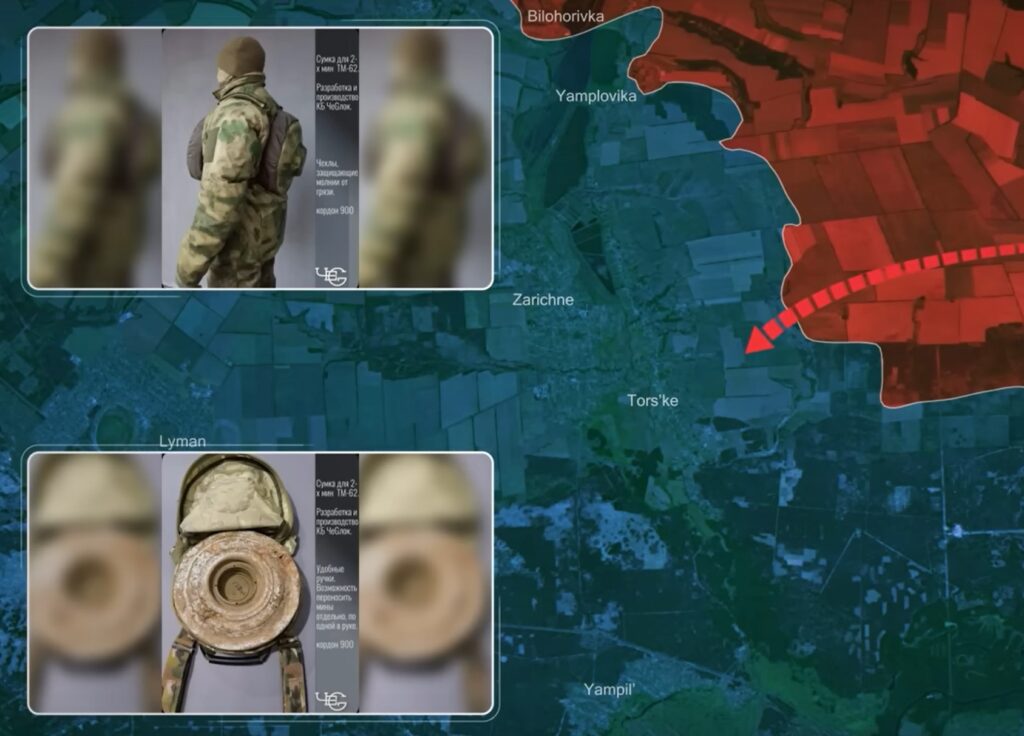
Today, there are interesting updates from the Lyman direction. Here, the Russian frustration grows bigger with every day due to the lack of advances, shortage of supplies, and a disastrous kill-to-loss ratio.
This has forced Russian commanders to order even more desperate attacks with Russian soldiers being turned into unintentional suicide bombers by essentially carrying explosive vests with them during assaults.
In the Lyman direction, Russian forces have found themselves hopelessly stuck, unable to advance despite relentless infantry assaults. The repeated frontal attacks have become disastrously costly, leading to massive casualties at unprecedented rates. In addition, frontline Russian units are starved of supplies, making it impossible to sustain effective combat operations.
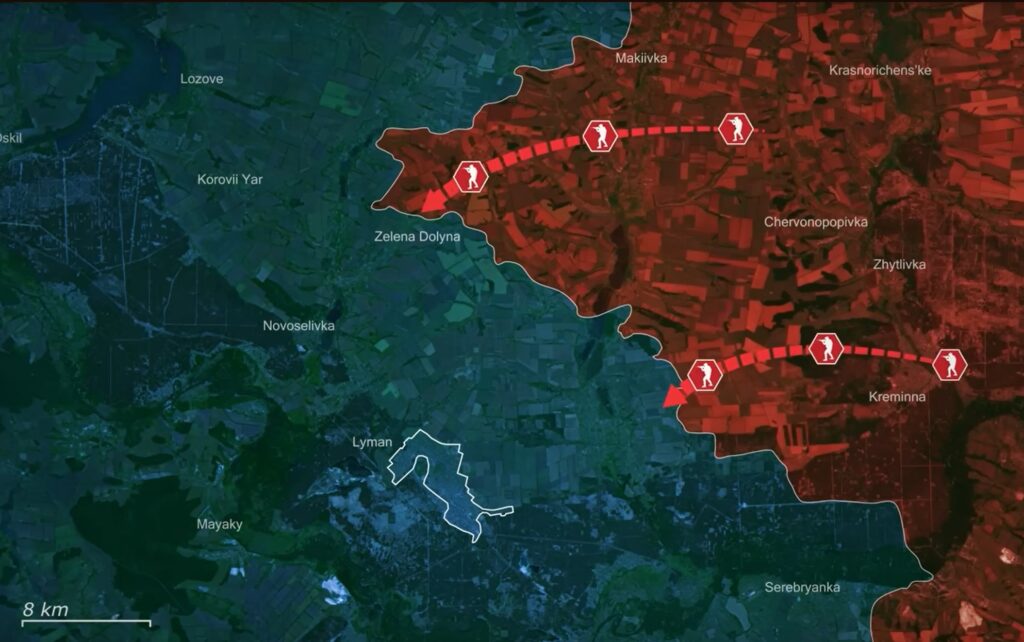
In multiple engagements, Ukrainian drone operators have observed Russian soldiers being sent forward carrying individual mortar rounds to deliver to mortar crews on their way to the front, a desperate measure indicating a total logistical breakdown and highlighting the grim conditions Russian troops face in this sector.
Geolocated video evidence has extensively documented how Russian forces continually get bogged down in front of Ukrainian defenses, immobilized by dense minefields, carefully placed caltrops, and relentless drone strikes. Ukrainian drone operators from the 63rd Mechanized Brigade have become exceptionally proficient at hunting down and neutralizing isolated Russian assault groups at night with one crew eliminating 23 enemy soldiers in one night.
Whenever Russian troops manage to briefly occupy new positions, swift Ukrainian counterattacks and drone bombardments immediately push them back or eliminate them. This cycle of attrition leaves Russian infantry units trapped in a futile loop of unsuccessful and deadly assaults. This extreme frustration has led Russian commanders and soldiers to adopt increasingly desperate and reckless methods.
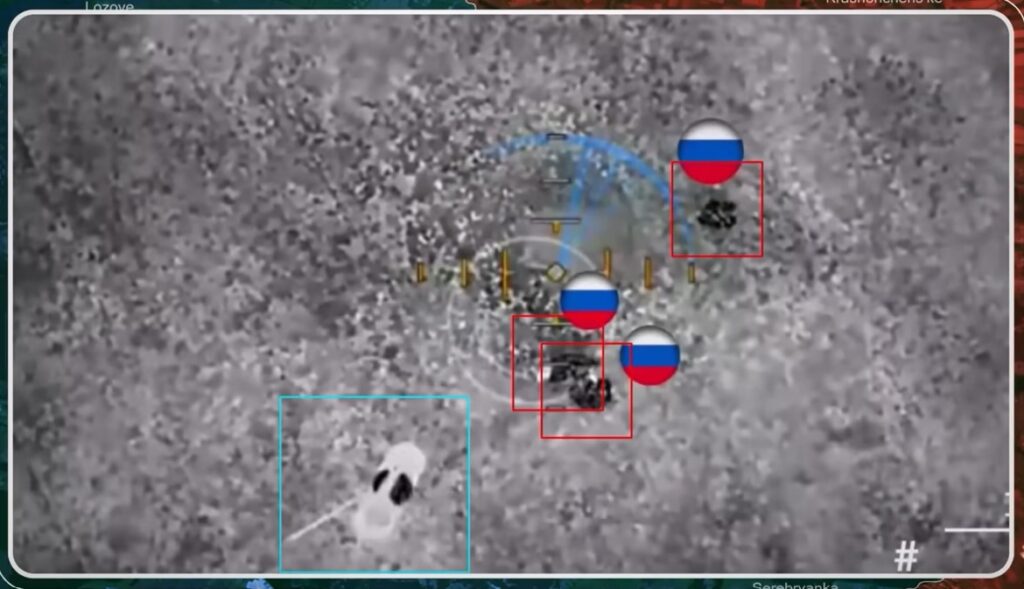
One striking phenomenon captured repeatedly in battlefield footage is the unintended emergence of kamikaze-like Russian soldiers. In a released video, a Russian soldier was running to assault Ukrainian positions with a grenade in his hand, but when Ukrainian troops met him with heavy fire, he began to retreat, fell on his grenade, and blew himself up.
Instead of reconsidering their reckless tactics, the Russian command doubled down on the idea. Soldiers were soon seen wearing specially designed vests meant to carry anti-tank mines, intended as a practical way to carry mines to the front, and quickly deploy explosives upon reaching Ukrainian positions, allowing troops to remain armed while carrying the mines.
However, these vests turned into deadly traps, as when these mine-carrying soldiers are hit by Ukrainian fire, their vests detonate, instantly killing the wearer and any comrades nearby. Though not intended as literal suicide vests, the practical outcome has ironically turned Russian soldiers into unintentional suicide bombers, grim evidence of the extreme desperation gripping the Russian frontlines.
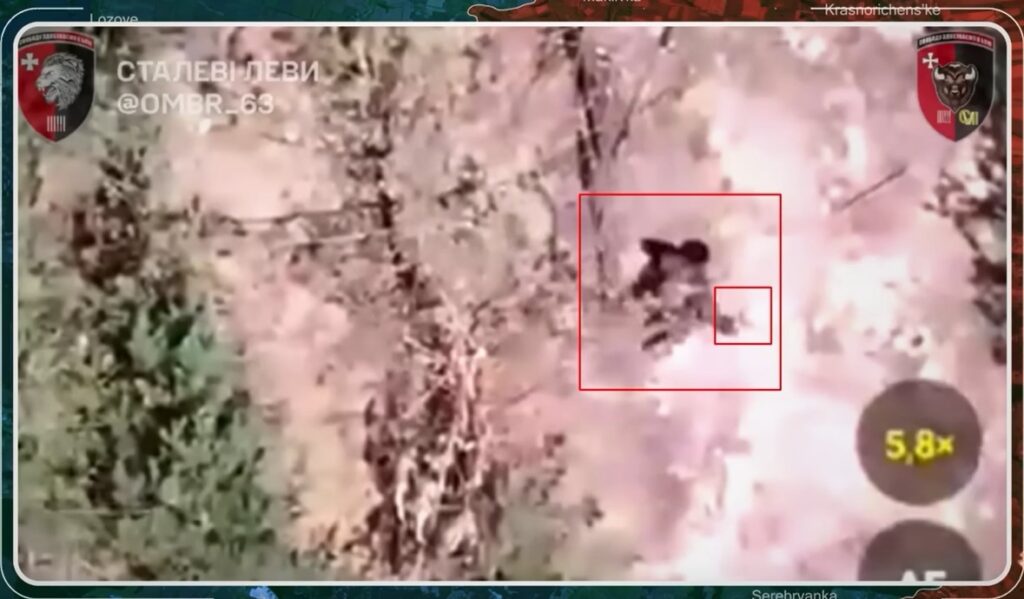
Beyond battlefield absurdity, this sense of desperation has manifested in horrific violence against Ukrainian civilians as well. Recent footage from the village of Torske captured Russian troops cruelly shooting a civilian riding a bicycle, a clear and disturbing war crime. While desperation offers context, it certainly provides no justification for such barbaric and needless violence.
Unfortunately, such incidents have been systematically documented across multiple sectors of the frontline, revealing a broader pattern of brutality and indiscipline among Russian forces.
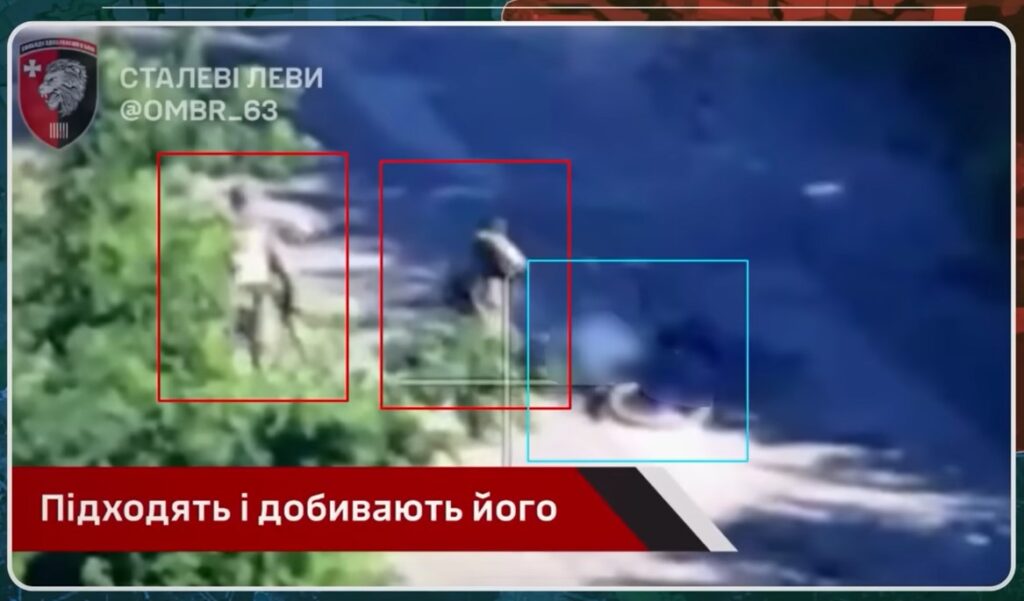
However, Ukrainian drone operators and artillery teams swiftly respond to such atrocities. After observing the killing of the civilian on his bicycle in Torske, Ukrainians methodically tracked down and eliminated the Russian soldiers responsible, delivering some measure of justice and demonstrating Ukraine’s resolve in protecting and defending their civilians’ lives.
Overall, such distressing examples highlight a deeply troubling trend driven by Russian desperation and logistical failure. The inability to adequately supply their forward-deployed troops has created the absurd situation of soldiers advancing while strapped with anti-tank mines, transforming themselves into explosive targets. Such grotesque improvisations underline how disconnected Russian commanders have become from battlefield realities, willing to grasp at even the most dangerous and ill-advised tactics simply to achieve some negligible progress.
More than half of the summer offensive season is already gone with virtually no progress achieved near Lyman, and none at all at Torske specifically. Now, Russian forces have resorted to self-defeating and absurd methods out of sheer frustration and desperation vividly demonstrating the catastrophic failure of their offensive ambitions.
In our regular frontline report, we pair up with the military blogger Reporting from Ukraine to keep you informed about what is happening on the battlefield in the Russo-Ukrainian war.

Russia fired 6,297 Shahed-type kamikaze drones and Gerbera-type decoy targets at Ukraine in July 2025, marking an absolute monthly record since the beginning of the full-scale invasion, according to OSINT analyst Kyle Glen who analyzed official Ukrainian Air Force report.
The July figure represents a 1,378% increase compared to July 2024, when 426 drones were launched. The scale of July attacks equals the total number of drones launched over ten months of 2024 — from January through October inclusive.
July is also the first month to see more than 6,000 drones reported by the Ukrainian Air Force, this follows June when more than 5,000 were reported for the first time, according to Glen.
“July also had periods of relative calm when Russia held off on major launches (likely due to poor weather),” he added.
The data revealed a steady monthly escalation in drone attacks. The analyst attributes this trend to Russia’s expansion of drone production facilities in the second half of 2024 and early 2025. Ukrainian air defense forces now operate under unprecedented attack volumes that constantly increase in complexity due to evolving enemy tactics.
The Institute for the Study of War (ISW) reported that Russian forces have installed thermal imaging cameras on some Shahed drones to improve strike accuracy.
Previous reports said that Russia prepares thousands of strikes daily.

US Secretary of State Marco Rubio revealed that American officials held conversations with high-level Russian representatives earlier this week regarding Ukraine war settlement, but Washington saw no advancement toward peace negotiations, according to his interview with Fox News published by the State Department press service.
“We continue to engage with the Russian side, as early as this week – earlier this week, on Monday or Tuesday. We had a whole conversation with them as well – not with Putin but with some of Putin’s top people – in hopes of arriving at some understanding on a path forward that would lead to peace, and we’ve not seen any progress on that,” Rubio said.
The Secretary of State said that President Donald Trump has waited over six months and made extensive efforts to establish peace. Rubio said Trump becomes most frustrated with phone calls where Russians claim they want the conflict to end, only for cities to be bombed shortly after.
“What bothers the President the most is he has these great phone calls where everyone sort of claims yeah, we’d like to see this end, if we could find a way forward, and then he turns on the news and another city has been bombed, including those far from the frontlines,” Rubio said.
Rubio added that potential sanctions options available to the President, including secondary sanctions on Russian oil sales and sectoral banking sanctions.
The Secretary claimed that the US remains willing to participate in peace negotiations if the opportunity arises, but warned that Trump “is not going to wait forever.”
Trump recently shortened his ultimatum to Putin from 50 days to 10-12 days for reaching a peace agreement, threatening secondary tariffs on Russian resource buyers otherwise. The following day, the President declared Putin has 10 days to end the war against Ukraine, though Trump believes settling the war will take considerable time.
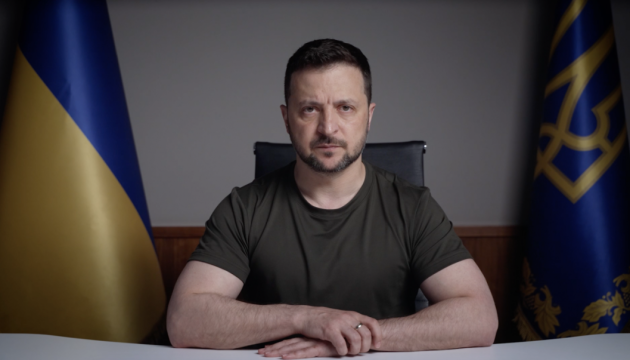
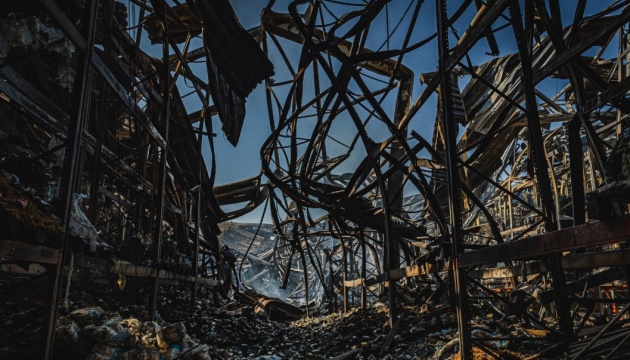
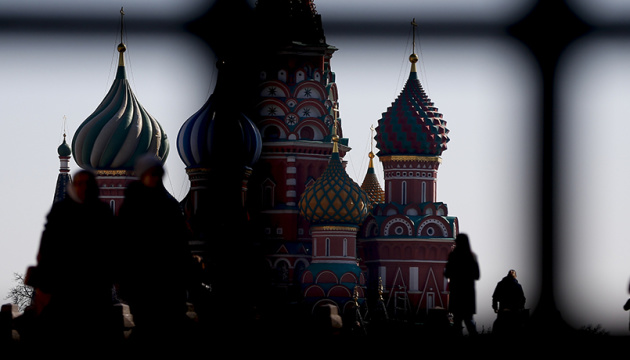

© Copyright 2025 The Associated Press. All rights reserved

A senior US diplomat revealed that China has provided cruise missile technology to Russia as part of its support for the country’s military operations, according to statements made during a UN Security Council session.
“North Korea has sent ammunition, missiles, military equipment and approximately 12,000 soldiers to Russia, Iran has provided ballistics, drones and other technologies,” John Kelly, the high-ranking American diplomat, said during the Security Council meeting.
Kelly emphasized China’s particularly crucial role in sustaining Russia’s military capabilities.
“China, as its representatives have noted, does not supply weapons to Russia directly,” he said. “However, China has become a decisive factor contributing to Russia’s military efforts, being the most important supplier to Russia’s military industry.”
According to the diplomat, China has provided Russia with a significant amount of machine tools, microelectronics, optics, drones and cruise missile technology, as well as [a significant amount of] nitrocellulose, which Russia uses to manufacture gunpowder for weapons.
Kelly did not specify which particular cruise missile technology was being referenced in his remarks.
The US official stressed that if China were serious about helping to end the conflict, it would cease supplying these critical components to Russia.
During the same address, the American representative announced that an agreement between Russia and Ukraine must be reached by 8 August, with Washington prepared to take additional measures to ensure peace.
The allegations align with previous Ukrainian intelligence findings from May, which reported discovering over foreign components in Russia’s new “Banderol” cruise missile, including parts from China.
Ukrainian intelligence identified Chinese microchips, what appeared to be a Chinese copy of an Australian telemetry module, a jet engine from China, and an inertial navigation system also possibly from that country.
The Chinese Swiwin engine for model aircraft reportedly is sold through online platforms, with an approximate cost of $16,000 on AliExpress. It remains unclear whether Kelly was referring to the “Banderol” missile or other weaponry.
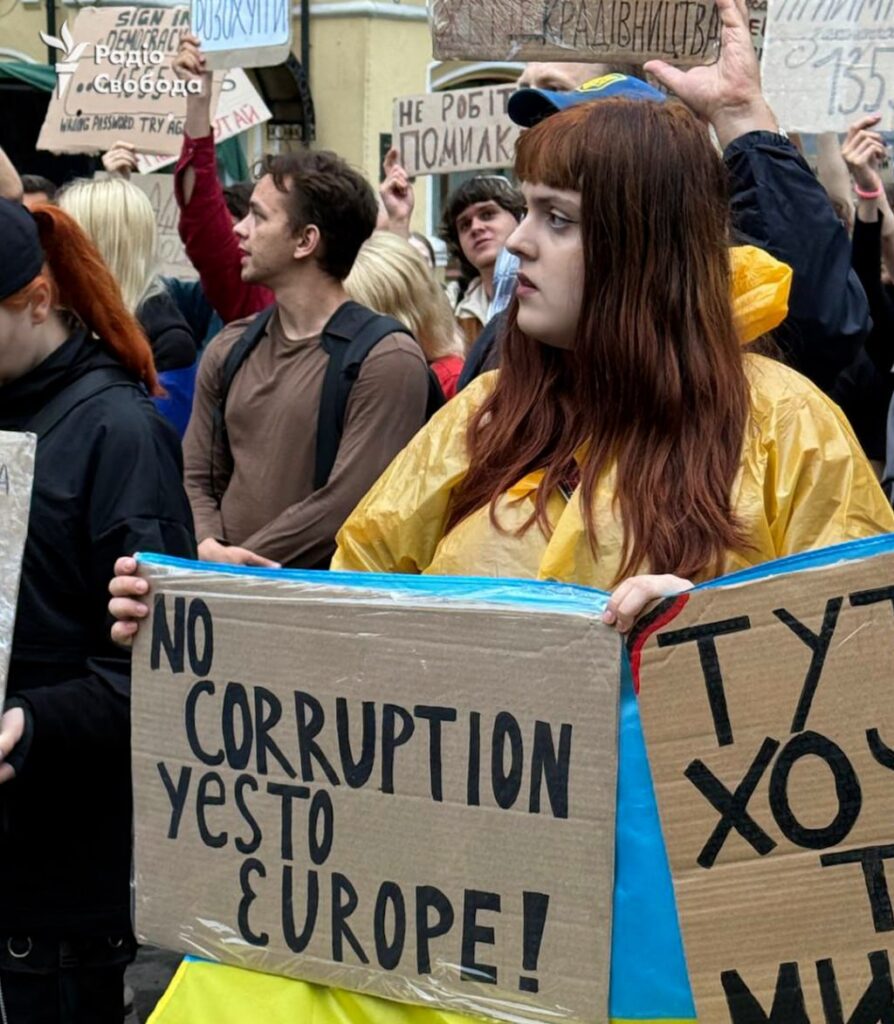
Germany has called for continued anti-corruption reforms following Ukraine’s parliament approval of law №13533, designed to restore independence to the National Anti-Corruption Bureau (NABU) and the Specialized Anti-Corruption Prosecutor’s Office (SAPO).
The German Foreign Ministry described the parliamentary vote as “a positive and necessary step on the path to restoring lost trust.” However, Berlin emphasized that more work remains ahead.
“Now it is necessary to continue reforms in the sphere of fighting corruption,” the German Foreign Ministry reported.
On 31 July, Ukraine’s Verkhovna Rada (Ukraine’s Parliament) supported the presidential bill №13533 on restoring the independence of NABU and SAPO. President Volodymyr Zelenskyy signed the document shortly after its parliamentary passage.
The move represents a reversal from events, when on the evening of 22 July Zelenskyy signed a law that limited the independence of the anti-corruption institutions NABU and SAPO.
That decision prompted thousands of people to participate in protest rallies in Kyiv and other Ukrainian cities.
Western politicians also pressured Ukraine to strengthen its institutional framework for combating corruption, particularly as the country continues to receive substantial Western financial and military support.
Following the approved law which reportedly restores the independence of anti-corruption agencies, the European Union has confirmed it has no plans to freeze funding for Ukraine, addressing speculation about potential financial consequences tied to the anti-corruption legislation.
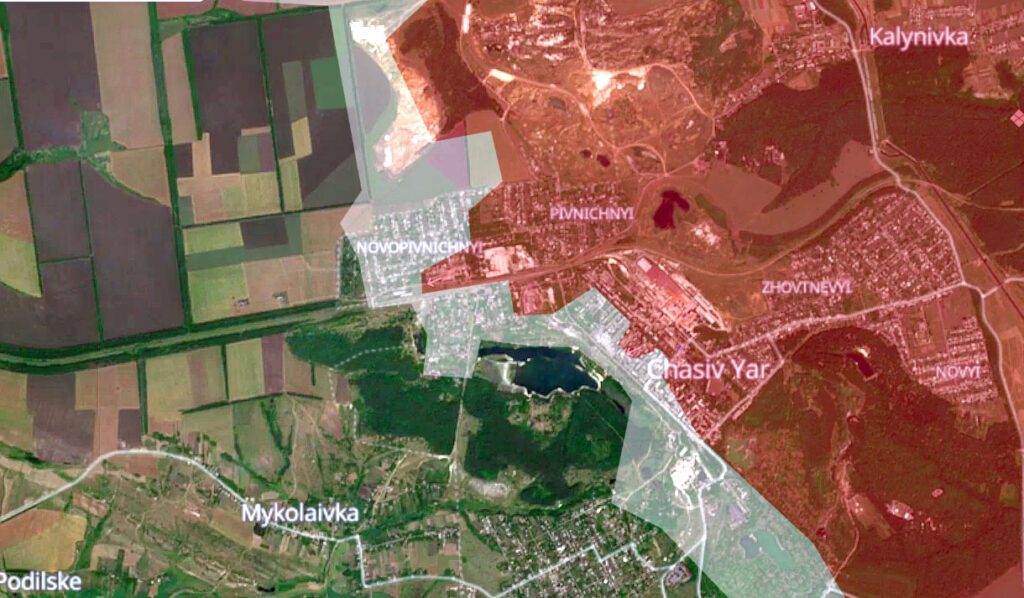
On 31 July, Ukrainian forces denied Chasiv Yar capture claims from Russia and say Russian troops do not fully control the city in Donetsk Oblast. This morning, Russia’s Ministry of Defense claimed full occupation of Chasiv Yar, but the spokesman of Ukraine’s Khortytsia Operational-Strategic Grouping of Forces Viktor Trehubov called the announcement “just another Russian fake.” Also, the 11th Army Corps also confirmed that Russian troops failed to take full control.
The 11th Army Corps explains that despite Russian information manipulation, Ukrainian troops still hold positions inside Chasiv Yar. Soldiers from the 24th Separate Mechanized Brigade continue to defend the city while Russian forces keep trying to advance.
The Ukrainian OSINT project Deepstate also rejects the statement from the Russian Ministry of Defense.
Military reports from the 11th Army Corps describe what happened on 27, 28 and 29 July. Russian soldiers during daylight entered some locations in Chasiv Yar because they received promises of short leave for such actions. They planted Russian flags on the territory of the refractory plant, which Ukrainian defenders had not controlled for a long time, and on a part of the Pivnichnyi district that remains temporarily under Russian control. Before raising a flag in the Shevchenka district, Russian forces shelled Ukrainian positions with artillery. Ukrainian officers call these actions a performance staged for video and propaganda.
“The enemy did not occupy Chasiv Yar, but only carried out another flag-planting stunt behind the defense lines. Today a video appeared where the enemy placed flags in the Shevchenka district and at Workshop No. 2, but the Russians have no control over the city or over the places where they did that,” DeepState wrote.
According to the project’s data, in the past two months, the occupiers only “managed to advance just a little” from the northeast and east toward the Shevchenka district.
“The rest of the events are just banal penetration behind the lines at night with capes and then raising flags in daylight. Most of those so-called flag-planters are already dead because this action was a one-way mission,” DeepState reported.
On 30 July from 5 a.m. to 9 a.m., Russian troops attacked Ukrainian positions with two assault groups of six soldiers each. Later the same day, they added two armored vehicles to support another push. Ukrainian defenders stopped the attack on the eastern outskirts of Chasiv Yar in Pivnichnyi district.
Soldiers from the 11th Army Corps report that they destroyed both armored vehicles and inflicted heavy losses on Russian troops who tried to hide in nearby buildings. They note that at least three women were among the attackers.
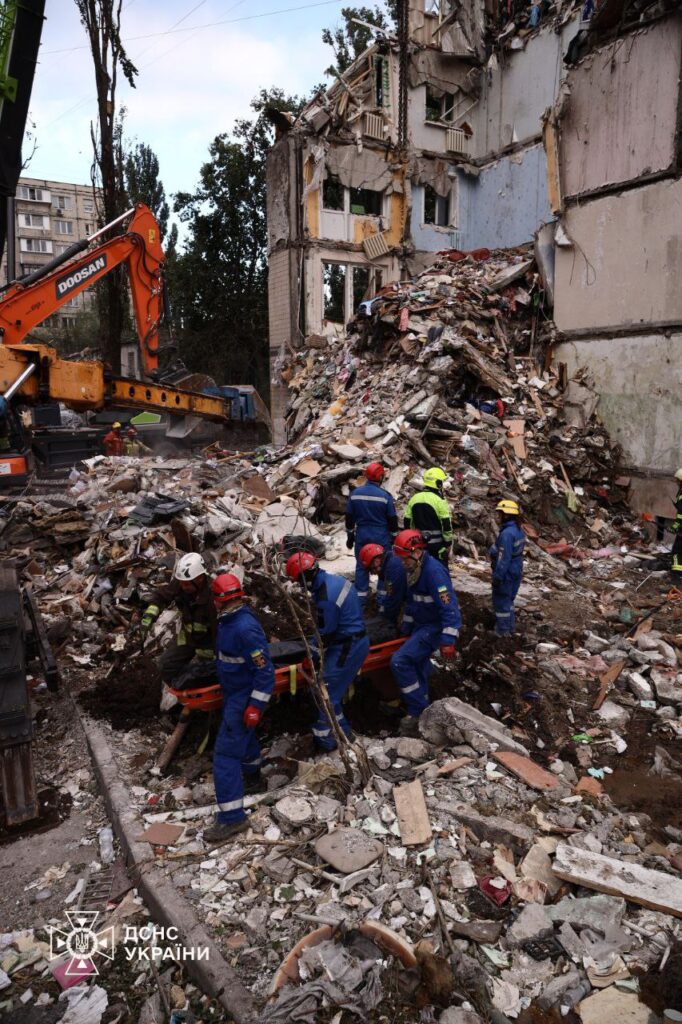
Lithuania’s Foreign Ministry summoned Russia’s temporary chargé d’affaires on 31 July, following massive strikes on Ukrainian cities including Kyiv, according to a statement from the Lithuanian Ministry of Foreign Affairs.
The Russian representative received a protest note regarding strikes on Kyiv, Zaporizhzhia, Dnipro, Sumy, Kharkiv, Kherson and other Ukrainian oblasts that killed dozens and wounded hundreds of civilians, the ministry reported.
The statement follows a Russian missiles and drones attack that ripped through Kyiv overnight on 31 July, collapsing apartment buildings and setting fires in several districts of the city. The attack killed at least 15 civilians and injured over 130 people. Russian missile struck an apartment building kin one of the Kyiv’s disctrict, collapsing its entire section.
The Lithinuan FM wrote in the statement after the morning attack that “Russia’s military actions against Ukraine’s civilian population and systematic cruel treatment of prisoners of war are unacceptable and illegal.
Lithuania pledged to continue efforts to ensure those responsible for these and other war crimes face criminal prosecution.
Lithuanian Foreign Minister Kęstutis Budrys called for “increased pressure” on Russia and its partners following the deadly strike on the Ukrainian capital.
The Russian attack was also condemned by Finland’s Foreign Minister Elina Valtonen, whose country currently chairs the OSCE, and her Estonian counterpart Margus Tsahkna.
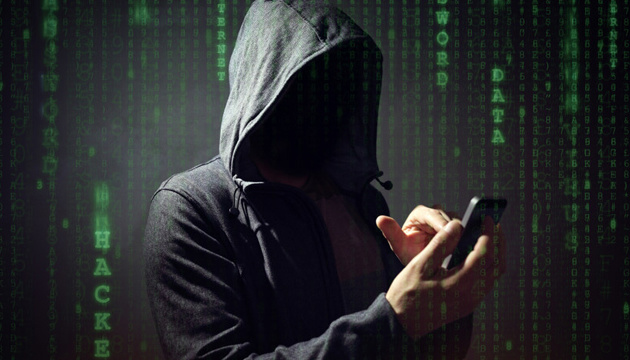

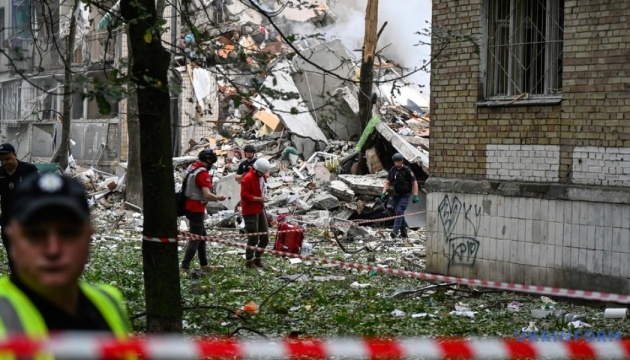
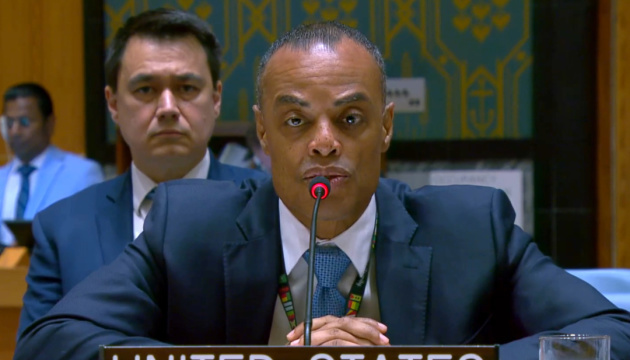
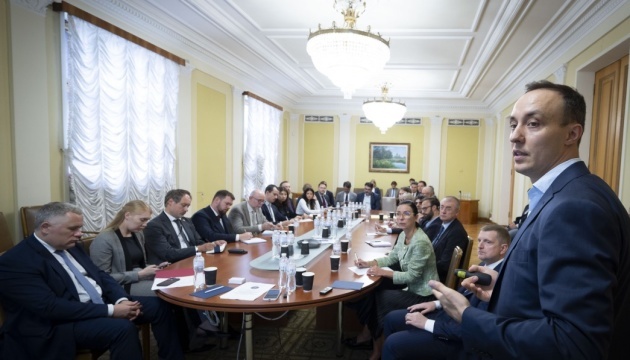

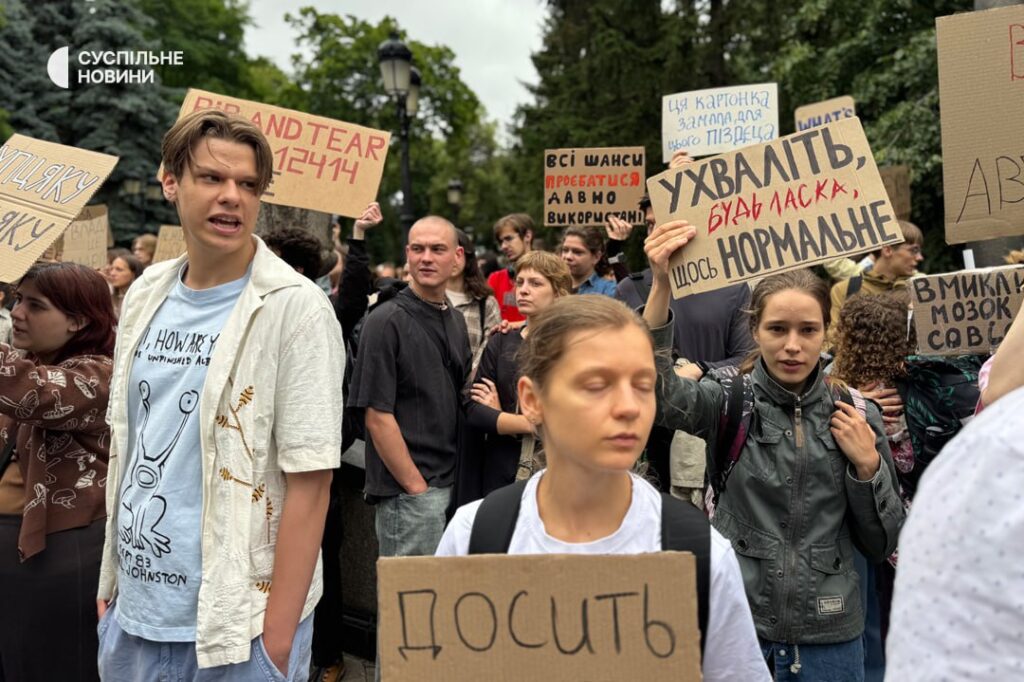
Ukraine’s Parliament, the Verkhovna Rada, voted to restore the independence of its main anti-corruption bodies — the National Anti-Corruption Bureau (NABU) and the Specialized Anti-Corruption Prosecutor’s Office (SAPO) — by passing presidential draft law No. 13533.
The bill passed with 331 votes and was immediately signed in the chamber by Speaker Ruslan Stefanchuk and President Volodymyr Zelenskyy.
For a week leading up to the vote, thousands of Ukrainians across Kyiv, Lviv, Dnipro and Odesa took to the streets — demanding the reversal of controversial changes even under martial law restrictions on public gatherings. It became the largest wave of protests since Russia’s full‑scale invasion.
Although the effectiveness of these anti-corruption bodies has often been questioned, the earlier law that weakened them was widely condemned at home and abroad as authoritarian and unacceptable, concentrating power in the President’s Office and threatening Ukraine’s reform commitments.
“This is a guarantee of the proper independent functioning of our state’s anti-corruption bodies and all law enforcement agencies. This is the right decision,” Zelenskyy wrote on Telegram.

The debate in the chamber was heated, with shouting, accusations, and visible anger.
MPs insisted that the Speaker and President sign the new law immediately, without delay, to quickly cancel the controversial changes adopted a week earlier.
Outside Parliament, in Mariinskyi Park, protesters gathered to listen to the live broadcast of the vote. When the result was announced, they cheered and shouted: “Power belongs to the people!”
Despite martial law restrictions on public gatherings, police did not disperse the rallies that took place in several Ukrainian cities, and the authorities seemed unprepared for such large‑scale resistance to the new law.
For the first time since the start of Russia’s full‑scale invasion, the session of the Verkhovna Rada was broadcast live on the Rada TV channel — a move widely seen as a concession to public pressure and a demand for transparency.

After the vote, European Commission spokesperson Guillaume Mercier confirmed that the EU has no plans to freeze financial aid for Ukraine.
EU Enlargement Commissioner Marta Kos welcomed the move but noted on X:
“Today’s law restores key safeguards, but challenges remain. The EU supports the Ukrainian citizens’ demands for reform.”
Brussels emphasized that Ukraine must continue to strengthen reforms as part of its EU accession process.
In July, the Security Service of Ukraine (SBU) arrested a NABU detective on charges of spying for Russia, alleging that classified information had been passed to Russian intelligence. Critics said these arrests were used as a pretext to attack and weaken independent anti-corruption agencies.
Anti‑corruption activists further accused President Zelenskyy of retaliating against NABU and SAPO because they had investigated figures close to him, including former Deputy Prime Minister Oleksii Chernyshov and businessman Timur Mindich, a long‑time associate and former partner in Zelenskyy’s media company Kvartal 95.

Soon after, on 22 July, Parliament passed law No. 12414, originally about missing persons. At the last minute, MPs added amendments that made NABU and SAPO dependent on the Prosecutor General, granting that office the power to seize cases, close investigations, and weaken the agencies’ independence.
The move provoked protests and drew sharp criticism from the US and EU. Despite the backlash, Zelenskyy signed the law the same day.
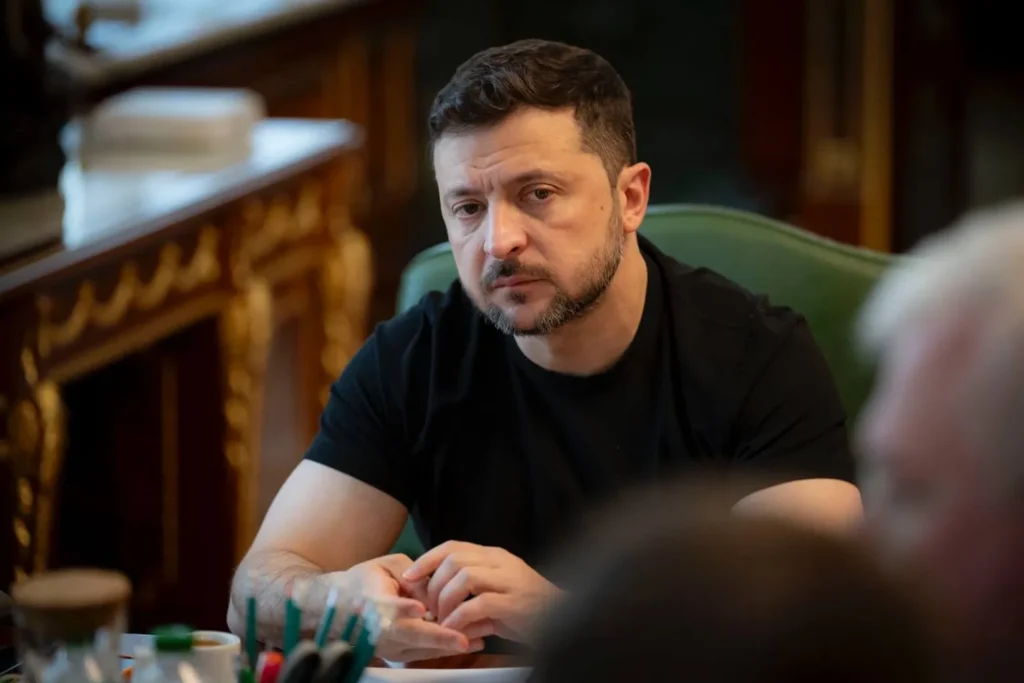
A week later, under public pressure, threats to cut foreign funding, and continuing protests, Zelenskyy introduced draft law No. 13533, restoring NABU and SAPO’s full powers.
The bill was fast-tracked and adopted in full on 31 July.
Before the vote, former Speaker Dmytro Razumkov criticized his colleagues:
“Aren’t you tired of eating excrement in this chamber and feeding it to people??!”
Ivanna Klympush-Tsintsadze of the opposition party European Solidarity said Parliament is “run like a collective farm from the President’s Office.”
Yulia Tymoshenko, leader of Batkivshchyna, opposed the bill and claimed Ukraine is under “external control.” Meanwhile, Dmytro Kostiuk, a member of the presidential party Servant of the People, announced he was leaving the faction because of the previous controversial vote.
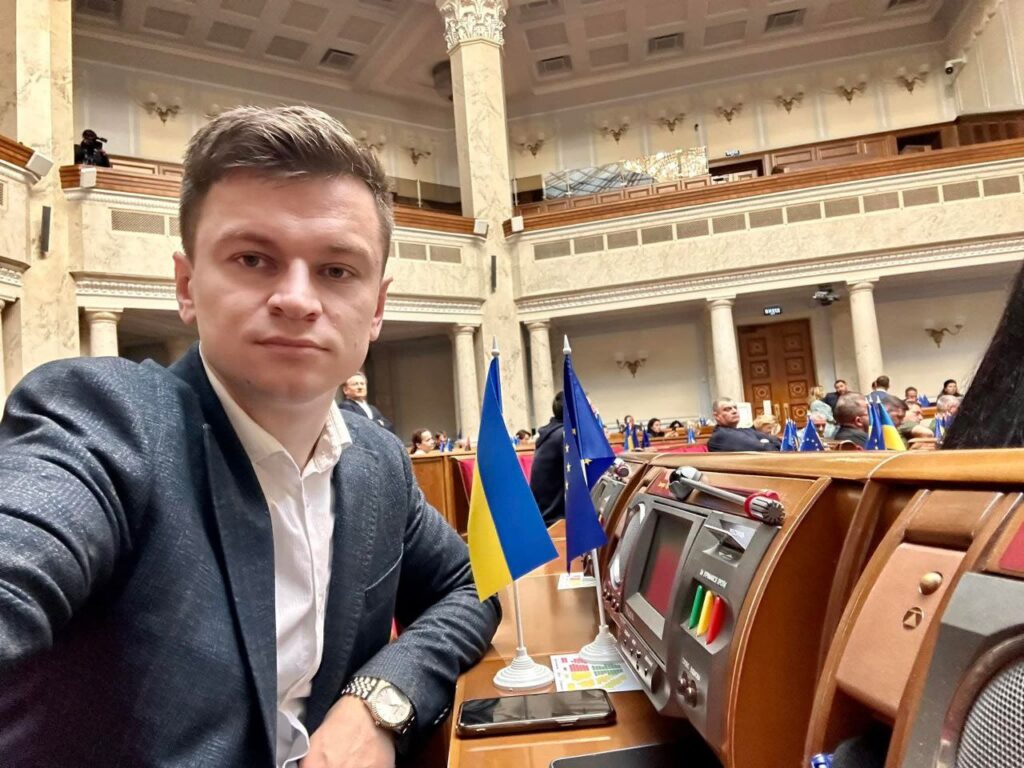
Other members of Zelenskyy’s Servant of the People party admitted mistakes and even held up protest-style posters inside the chamber.
The episode also highlighted the growing centralization of power in the President’s Office in Kyiv. With elections suspended due to the war with Russia, Parliament is widely seen as following instructions from the presidential administration rather than acting as an independent branch of government.
The new law cancels the 22 July amendments and returns NABU and SAPO to full independence.
It adds one condition: NABU staff with access to state secrets must pass a polygraph, carried out by NABU’s own internal control unit rather than the SBU.
According to NABU, more than 200 such tests were already conducted in 2024. NABU and SAPO said they took part in drafting the new law, are satisfied with its provisions, and strongly supported its swift adoption.
Ukraine’s anti‑corruption system includes NABU, SAPO, the National Agency on Corruption Prevention (NACP) and the High Anti‑Corruption Court (HACC).
Despite significant funding and Western support, their effectiveness remains debated. Critics point out that these bodies are costly, operate in a grey constitutional area, lack independent audits, and have brought few senior officials to justice in almost ten years.
Supporters argue that these problems cannot be solved by a single, quickly adopted law, but require long‑term reforms, stronger oversight and real political independence.
The creation of these institutions was one of the EU’s key conditions for granting Ukraine a visa‑free regime and a requirement for Western financial aid. Western partners helped launch and fund them after concluding that Ukraine’s “old” police and prosecution services had failed to eradicate top‑level corruption.
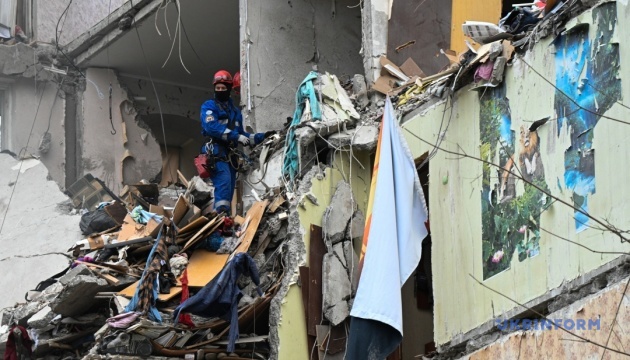


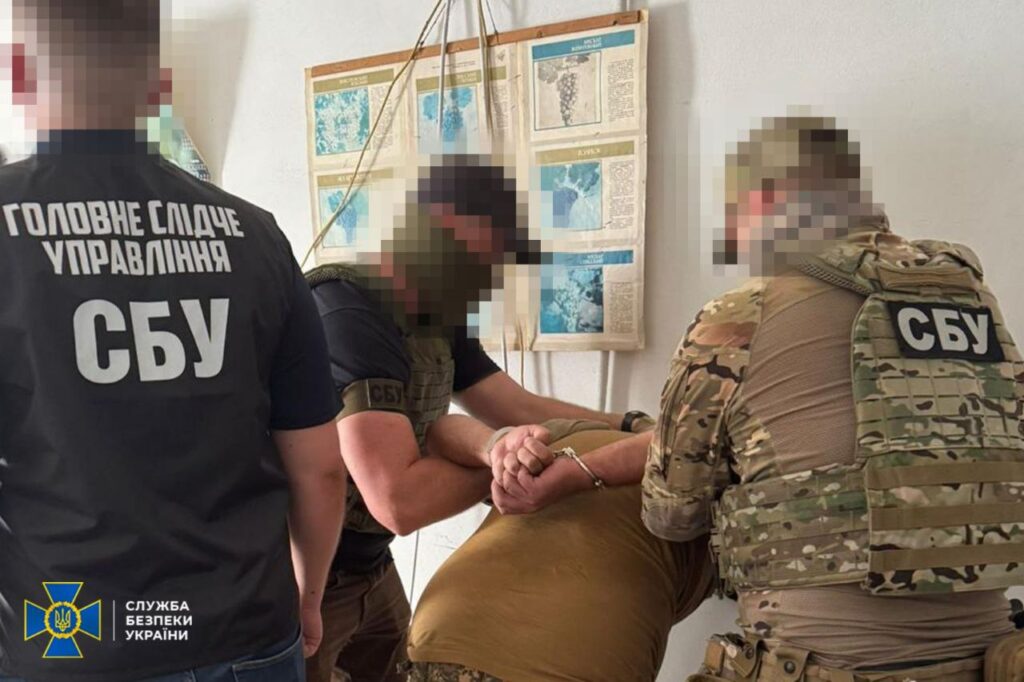
A suspected Russian spy was caught by the Security Service of Ukraine after investigators exposed a National Guard serviceman who leaked secrets about a defense plant. SBU agents said he gave Russian intelligence information about a key Dnipropetrovsk Oblast facility and the unit that guarded it.
Ukraine’s Security Service reported on 31 July that it exposed another agent working for Russian intelligence. The SBU said the man served in a National Guard brigade based in Zaporizhzhia. He allegedly sent Russian forces classified data about a strategic defense plant in Dnipropetrovsk oblast. That plant manufactures explosives and different types of ammunition. The mole also passed information about the military unit responsible for guarding the site.
According to the SBU, the serviceman had worked at the plant before he was mobilized. Investigators said he personally contacted Russian intelligence and offered them secret information in exchange for money. His knowledge of the site and its security measures came from his previous work there.
The SBU, supported by the Ministry of Internal Affairs and the command of the National Guard, documented the actions of the suspected “mole.” Agents detained him after confirming his involvement. Investigators from the SBU’s main investigative department notified the suspect of suspicion under part 2 of article 111 of Ukraine’s criminal code. That article covers state treason committed during martial law. The suspect faces life in prison with confiscation of property if found guilty.

